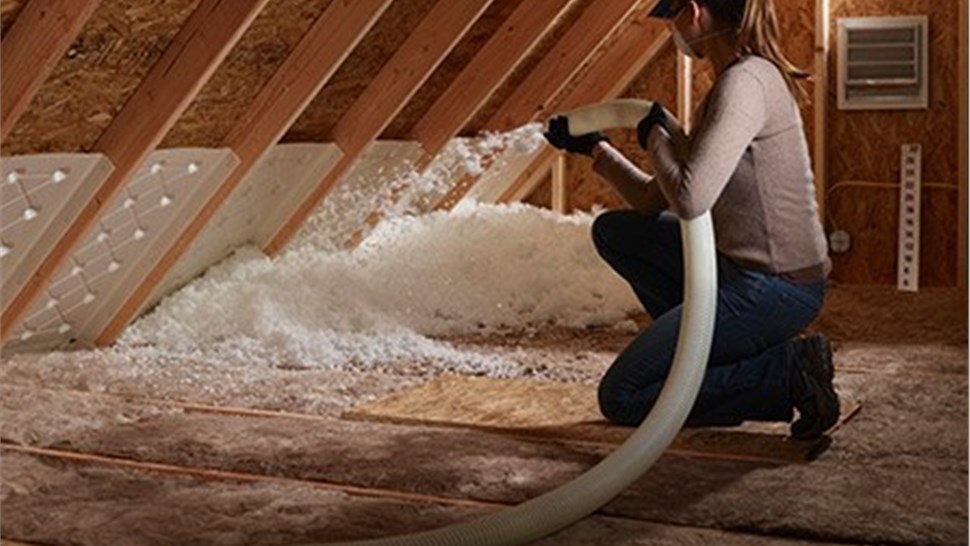Blowing insulation into walls is best left to the pros because it involves drilling into stud spaces that may contain electrical.
Which is better blown or rolled insulation in the attic.
Blown in insulation requires a professional.
Gaps in the attic or between the lower floors and the attic will let heated or cooled air escape to the great unconditioned outdoors making any insulation you add essentially useless.
We offer our review of the three most popular types of attic insulation with a look at each one s pros and cons.
The main benefit of blown insulation is that it is a much more consistent type of insulation.
Blown in spray foam batts and blankets.
Batt insulation take time to read this column.
Batt insulation is available at home centers and lumberyards.
To get the full r value of insulation it must be in contact with the conditioned space.
Before choosing blown vs.
With blown in insulation you can expect an r value of 2 2 to 2 7 per inch for fiberglass and between 3 2 and 3 8 per inch of cellulose.
Batt insulation or about insulation removal and or installation for your home or building we re here to help.
In either case get an extra bag or roll you really don t want to run out when you re almost done putting it in.
The number one prep step.
Contact us either by filling out our online form or by.
A large machine outside churns the chunks and uses air to blow them up through the hose.
With this method the insulation is simply blown onto the attic floor and no matter what type of joists studs or wiring that may be in play the blown insulation will naturally form itself tight around any of these creating a layer of strong insulation.
This type of insulation was invented in the 1920s.
Blown a better choice is insulation that comes in smaller chunks.
If you have questions about blown in vs.
Another thing to keep in mind is that blown in insulation can be more cost effective depending on the attic situation.
Handy homeowners can install blown in insulation in the attic.
Blown in fiberglass insulation will perform better against fiberglass rolled batts.
It is possible to reach the same r value using less of this spray insulation than using the typical rolled insulation.
It became an advantage to builders to use this type of insulation because it saved them money on supplies.
Your options for attic insulation range from radiant barriers to sheets of mineral wool but most homeowners stick with products made from cellulose or fiberglass.
While you may have to take down drywall or remove flooring in order to lay down rolled insulation blown in insulation can be applied through small holes drilled into the cavities between the studs.
The installer taking his best firefighter pose holds a large hose and blows the chunks into the attic.









